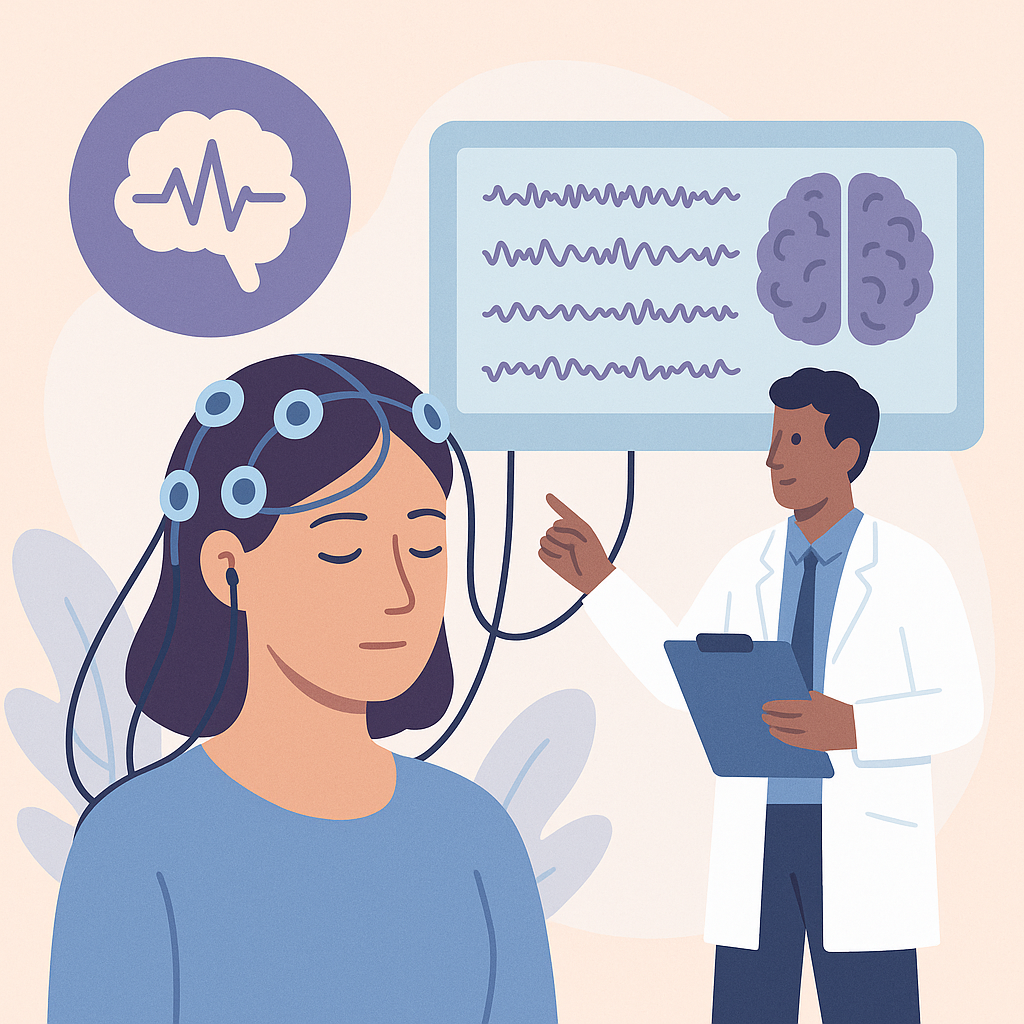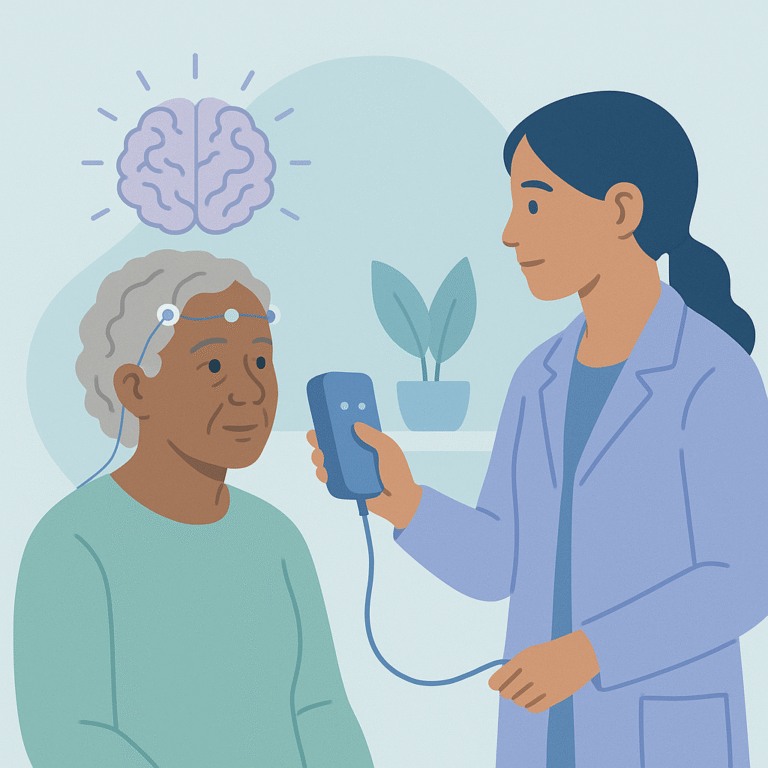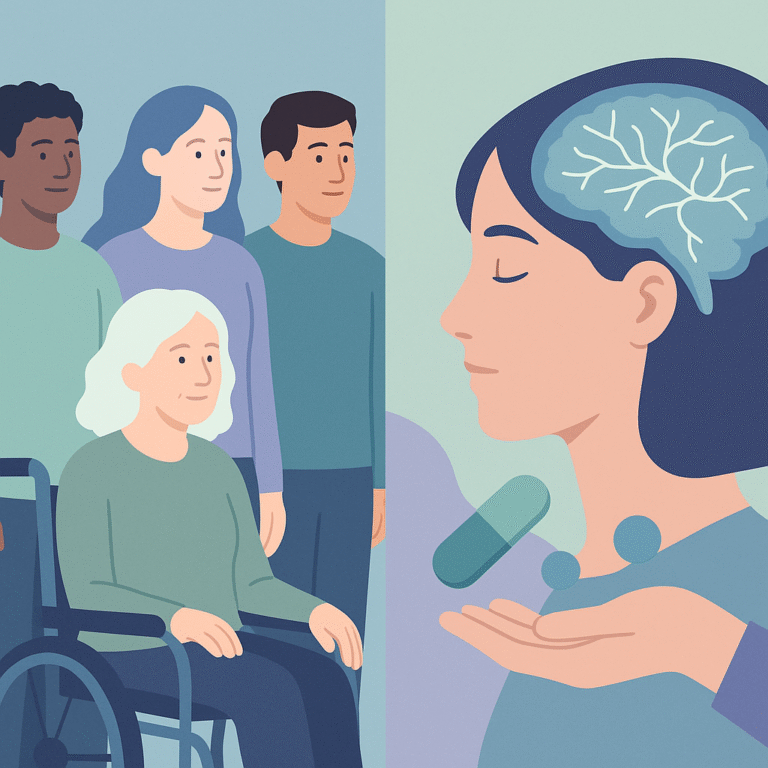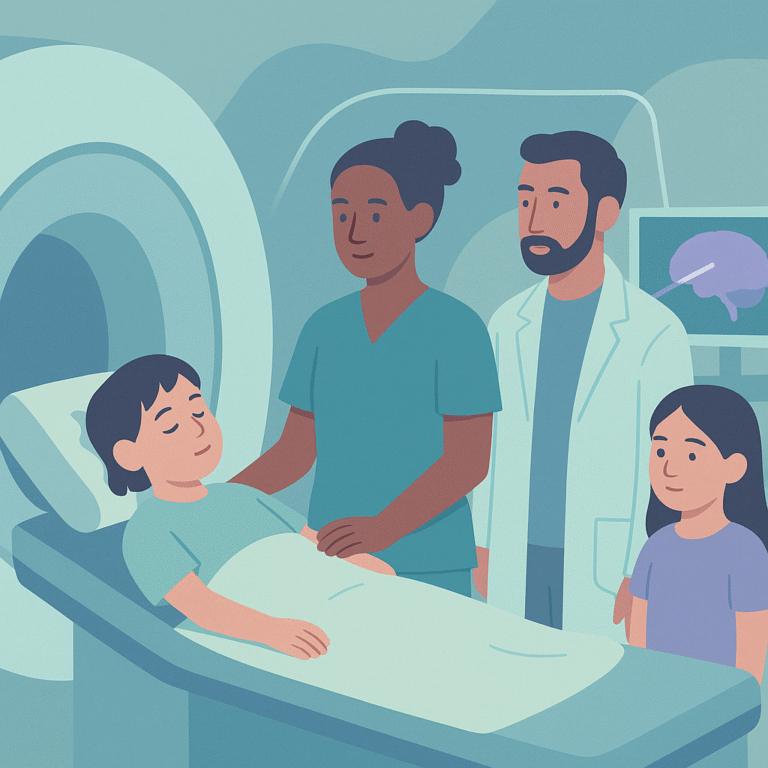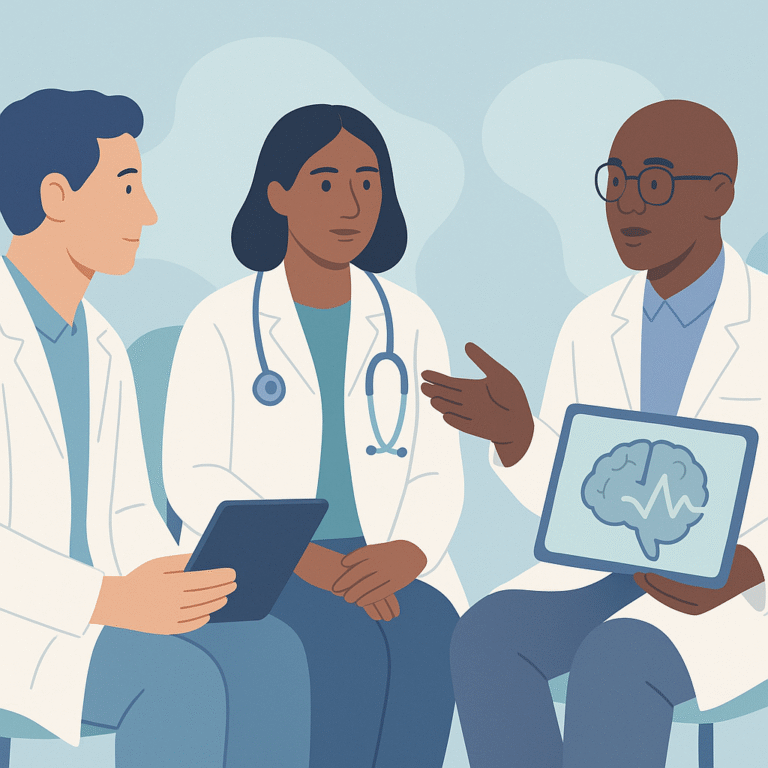Understanding EEGs: Key Insights for Better Epilepsy Care
**Important:** This summary discusses sensitive medical topics. It is for general information only and is not a substitute for medical advice. Always talk to your clinician before making changes.
Summary
This research highlights the importance of understanding EEG (electroencephalogram) readings in diagnosing and managing epilepsy. An EEG measures electrical activity in the brain, and knowing what normal patterns look like—both when a child is awake and asleep—is crucial for doctors.
The study emphasizes that doctors need to recognize not just the normal brain activity but also the different types of abnormal patterns that can indicate epilepsy. This includes understanding the difference between regular non-epileptic abnormalities and those that suggest seizures are happening (ictal patterns) or have happened (interictal patterns).
The International League Against Epilepsy has created a training program to help healthcare providers learn these important skills. This is significant because better-trained doctors can make more accurate diagnoses and provide more effective treatment for children with epilepsy.
For families, this research means that as doctors become more skilled in reading EEGs, your child may receive more precise care. This can lead to better management of their condition and potentially improved quality of life. It’s a step forward in ensuring that children with epilepsy get the best support possible.
Original study: Read on source
Free: Seizure First Aid Quick Guide (PDF)
Plus one plain-language weekly digest of new epilepsy research.
Unsubscribe anytime. No medical advice.